26.01.2022
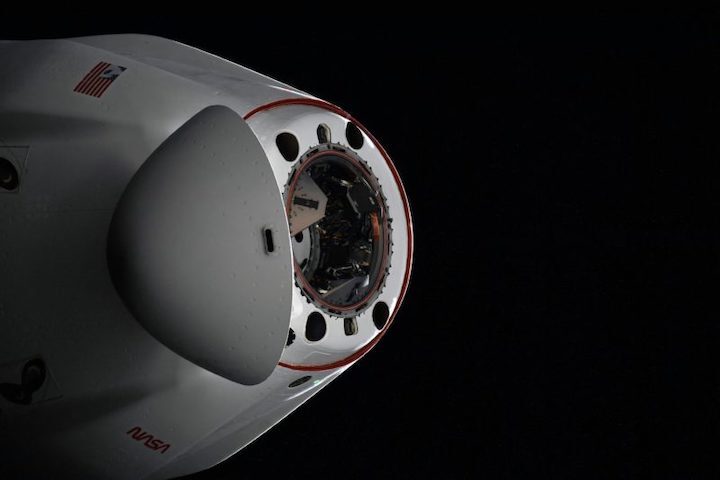
After a month spent moored at the International Space Station (ISS), SpaceX’s CRS-24 Cargo Dragon returned smoothly to Earth on Monday, splashing down off the Florida Coast at 4:05 p.m. EST. This particular vehicle is wrapping up its second visit to the station, having earlier supported last summer’s month-long CRS-22 mission. Homeward bound aboard the Cargo Dragon was about 4,900 pounds (2,200 kilograms) of experiments and hardware, including the long-serving Light Microscopy Module (LMM), which had spent more than 12 years aboard the orbital outpost.
The next U.S. commercial resupply mission is Northrop Grumman Corp.’s NG-17 Cygnus, scheduled to launch atop an Antares 230+ booster from Pad 0A at the Mid-Atlantic Regional Spaceport (MARS) on Wallops Island, Va., no sooner than 19 February.
Monday’s homecoming for CRS-24 came a day after the ship’s 10:40 a.m. EST Sunday undocking from the space-facing (or “zenith”) port of the Harmony node. The undocking was originally planned for Friday, but was postponed twice due to forecasted inclement weather in the recovery zone.
Shortly after separation, the Cargo Dragon executed a pair of thruster “burns” to maneuver itself to a safe distance. Twelve minutes into its free flight, it retreated beyond the limits of the 650-foot (200-meter) “Keep-Out Sphere” (KOS), an area encircling the ISS which serves as a collision-avoidance zone. CRS-24 then gradually widened its relative distance from the station, ahead of a deorbit burn to set up the proper conditions for its parachute-aided splashdown off the Florida Coast on Monday afternoon.
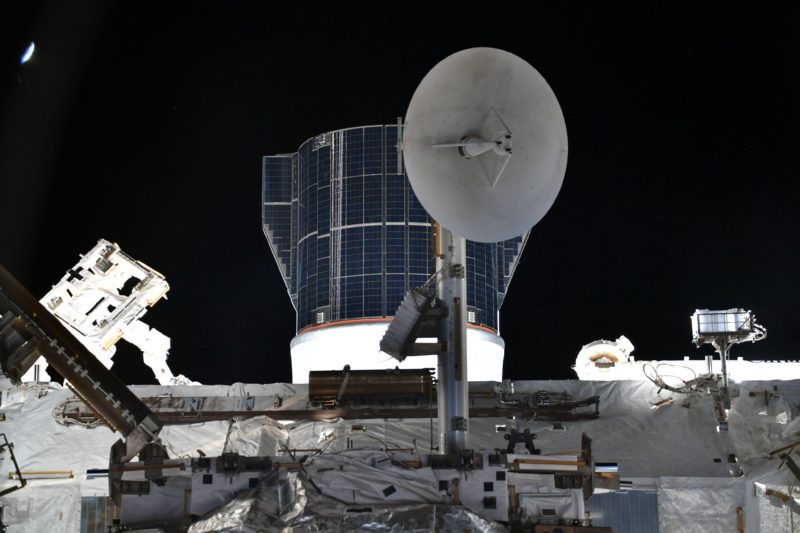
The cargo ship was picked up by SpaceX’s GO Navigator vessel to commence its return journey to shore, with an expectation that science specimens could reach the hands of research teams as little as four to nine hours later. This rapid turnover is expected to pay substantial dividends by furnishing scientists with the opportunity to gather critical data with relatively minimal losses of microgravity-induced effects.
It has been a busy month for the Expedition 66 crew—Commander Anton Shkaplerov and Flight Engineer Pyotr Dubrov of Russia, U.S. astronauts Mark Vande Hei, Raja Chari, Tom Marshburn and Kayla Barron and Germany’s Matthias Maurer—with the Cargo Dragon in residence. In the days preceding CRS-24’s arrival, the crew rehearsed rendezvous and docking procedures.
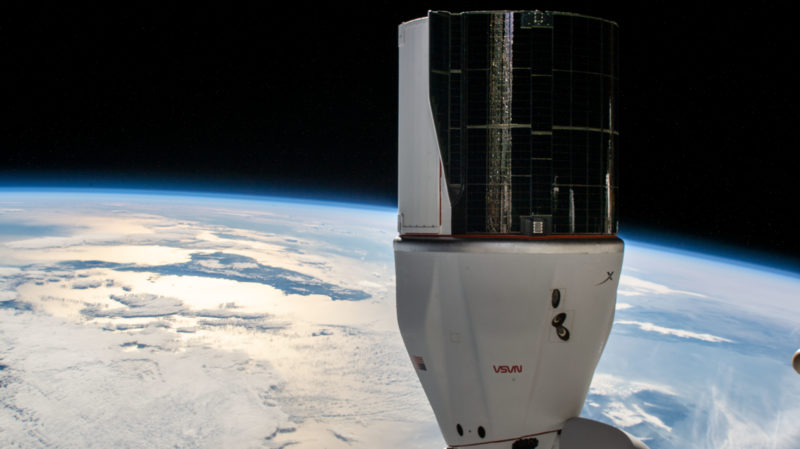
They resized Extravehicular Mobility Unit (EMU) No. 3006, removing its EMU Data Recorder (EDaR), EDaR Antenna, EDaR Antenna Cable and High-Definition EMU Camera Assembly (HECA), ahead of the suit’s scheduled return to Earth aboard CRS-24. Most recently used by Expedition 65 spacewalker Shane Kimbrough last June, EMU No. 3006 has supported 20 sessions of Extravehicular Activity (EVA) since 2017.
“3006…is at the end of the five-year service life that EMUs are certified to operate for,” NASA’s Dan Huot told AmericaSpace. “No approximation on when it will return. Time between return, refurb and a new flight is typically years.”
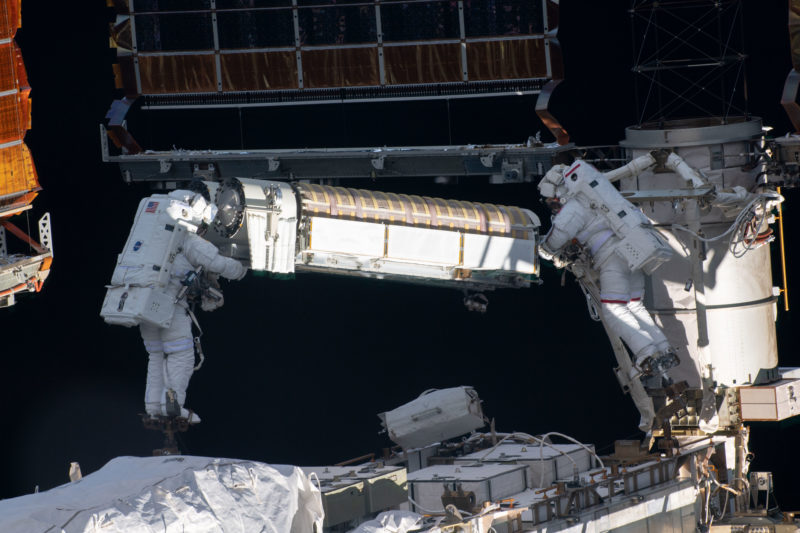
In readiness for CRS-24’s arrival, the Expedition 66 crew also relocated Station Support Computers (SSCs) from Japan’s Kibo lab and the Harmony node into the multi-windowed cupola. They set up vehicle-specific and Rendezvous and Proximity Operations Program (RPOP) software and participated in computer-based training for roles and responsibilities on docking morning.
The Cargo Dragon duly rose to orbit atop a SpaceX Falcon 9 booster in the pre-dawn darkness at 5:07 a.m. EST on 21 December and autonomously docked at Harmony’s zenith port at 3:41 a.m. EST the next day. Overseeing the arrival were Chari and Marshburn, who stood by to assume a measure of manual control if necessary. An earlier Canadarm2 inspection of International Docking Adapter (IDA)-3—which provides the interface between Harmony’s zenith port and the Dragon docking apparatus—revealed that a strip of Multi-Layered Insulation (MLI) was not properly attached to its mating Velcro fastener.
The offending MLI strip was located next to IDA Latch Striker No. 3 and, although it was not considered an impact to the CRS-24 docking or undocking, the astronauts were asked on 6 January to reattach the strip and photograph the area for ground assessment. Following the cargo ship’s arrival, the Harmony zenith area became a hive of activity as the Expedition 66 crew began to unpack around 6,500 pounds (2,590 kilograms) of equipment, payloads and supplies.
The mammoth load included the Bioprint FirstAid study, which seeks to evaluate a portable “bioprinter”—a hand-held device to print biological structures, in the form of “bio-inks”, using viable cells and molecules—in order to create tissue-forming patches to cover wounds and accelerate healing.
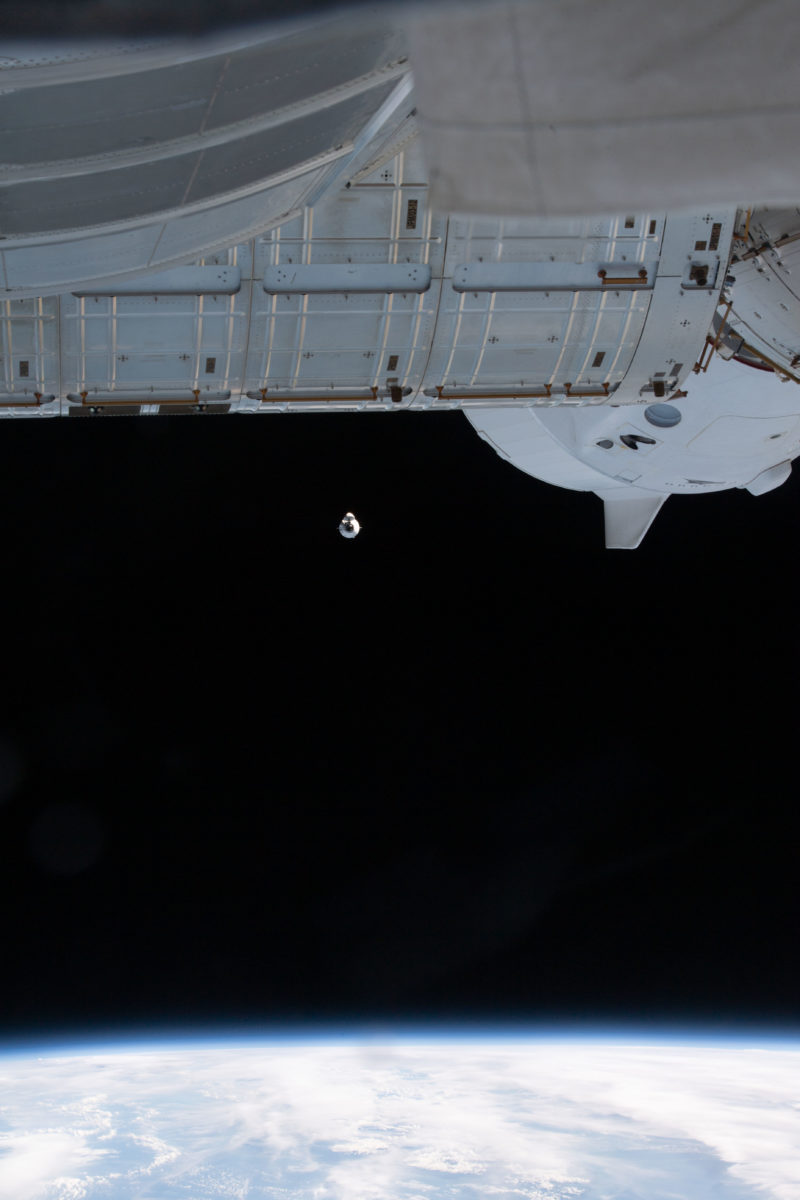
Other CRS-24 experiments focused on crystallizing a monoclonal antibody called pembrolizumab, which forms the active ingredient of the Keytruda drug, used in the targeting of multiple cancers. And the Host Pathogen study will culture cells from astronauts before, during and after long-duration flights to explore the risks posed by infectious diseases during deep-space missions.
Elsewhere, a joint study between North Carolina State University and Greenville, Ind.-based Techshot, Inc., aims to understand how plants sense and adapt to local environmental change. A test of a fully-degradable detergent for use in space and a commercial tool to manufacture heat-resistant alloy components rounded out the CRS-24 haul of payloads.
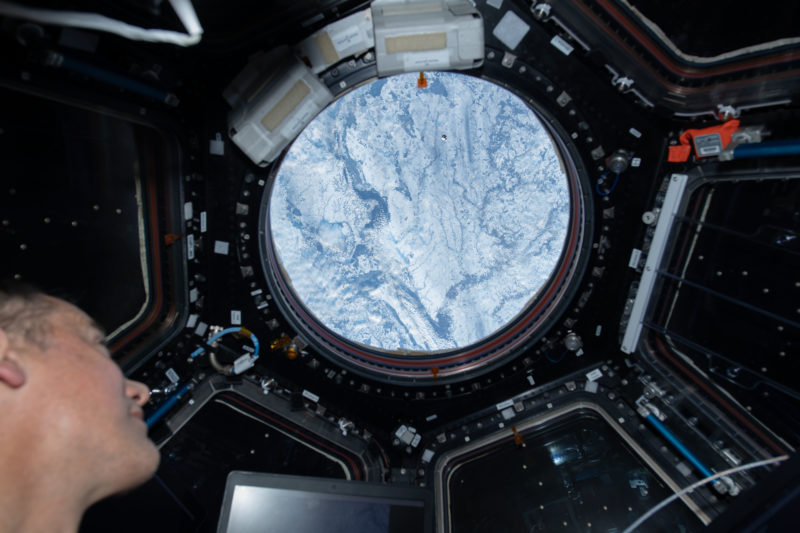
On the day of the Cargo Dragon’s docking, the astronauts transferred Double Cold Bags (DCBs) into the station and moved their refrigerated or frozen science contents over to their permanent ISS locations. Meanwhile, the computers used by Chari and Marshburn during the rendezvous and docking were moved back into Kibo and Harmony on the 23rd.
Following a period of off-duty time over the Christmas period, unloading of Cargo Dragon resumed and a “new” EMU which arrived aboard CRS-24 was configured for on-orbit operations as EMU No. 3006 was packed for its return to Earth.
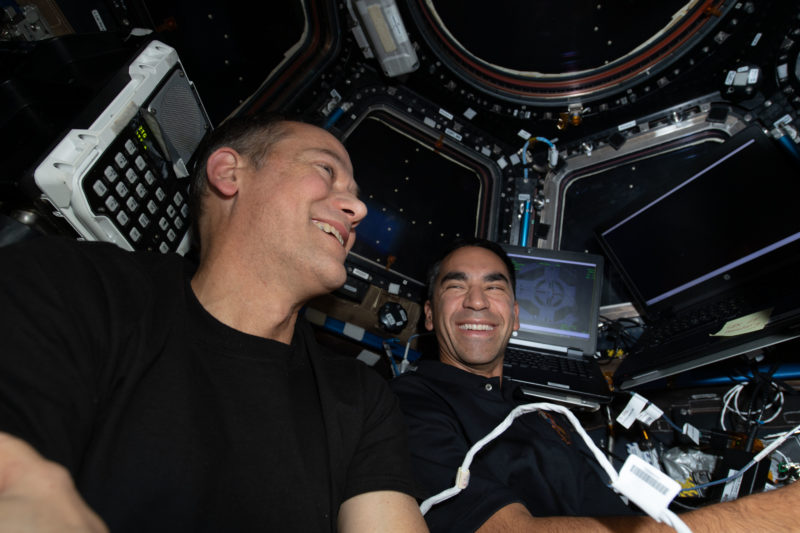
And EMU No. 3013’s history is an interesting one. With 26 prior spacewalks on its tally, it was last used by Expedition 6 Commander Ken Bowersox, way back in April 2003. The suit was returned to Earth aboard shuttle Discovery in July 2006 for refurbishment and went on to spend more than 15 years on the ground, before it was launched back to the ISS aboard CRS-24. “It was used in a lot of testing in vacuum chambers on the ground,” Mr. Huot explained, “so was not in refurb the entire time.”
But only days after its arrival, an issue was observed with the Hard Upper Torso (HUT) of EMU No. 3013. The astronauts reported difficulty installing the helmet onto the suit and were unable to get the HUT’s Neck Ring Lock Assembly to fully engage into the locked position. “HUT exhibited a problem and they’re working an issue with a power and data cable connector,” said Mr. Huot. “No issues with other items.”
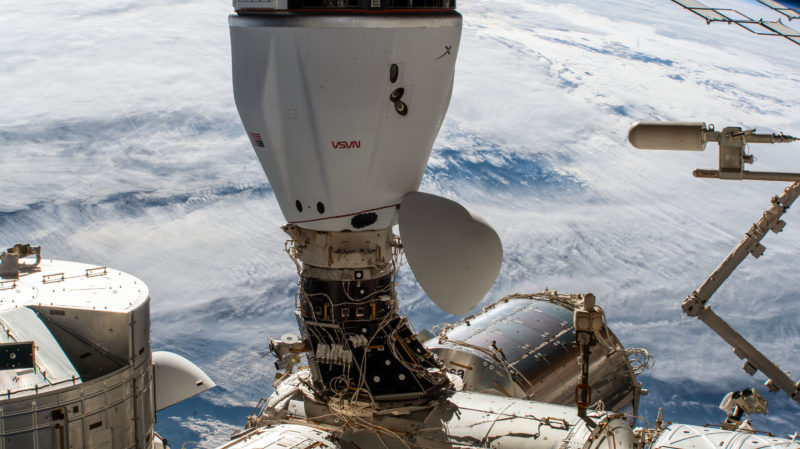
On 17 January, the Expedition 66 crew duly swapped out the failed HUT and packaged it for return on CRS-24. With EMU No. 3006 and the HUT of 3013 thus headed back to Earth, there are currently four EMU serial numbers aboard the station: No. 3015 and 3004—most recently worn by Marshburn and Barron for a spacewalk last month—together with 3009 and the HUT-less 3013.
Earlier this month, Canadarm2 efforts got underway to remove the Space Test Program-Houston 7 (STP)-H7 payload from the CRS-24 trunk and install it onto the Starboard Deck X-Axis (SDX) worksite of Europe’s Columbus lab. The installation task was completed on 11 January.
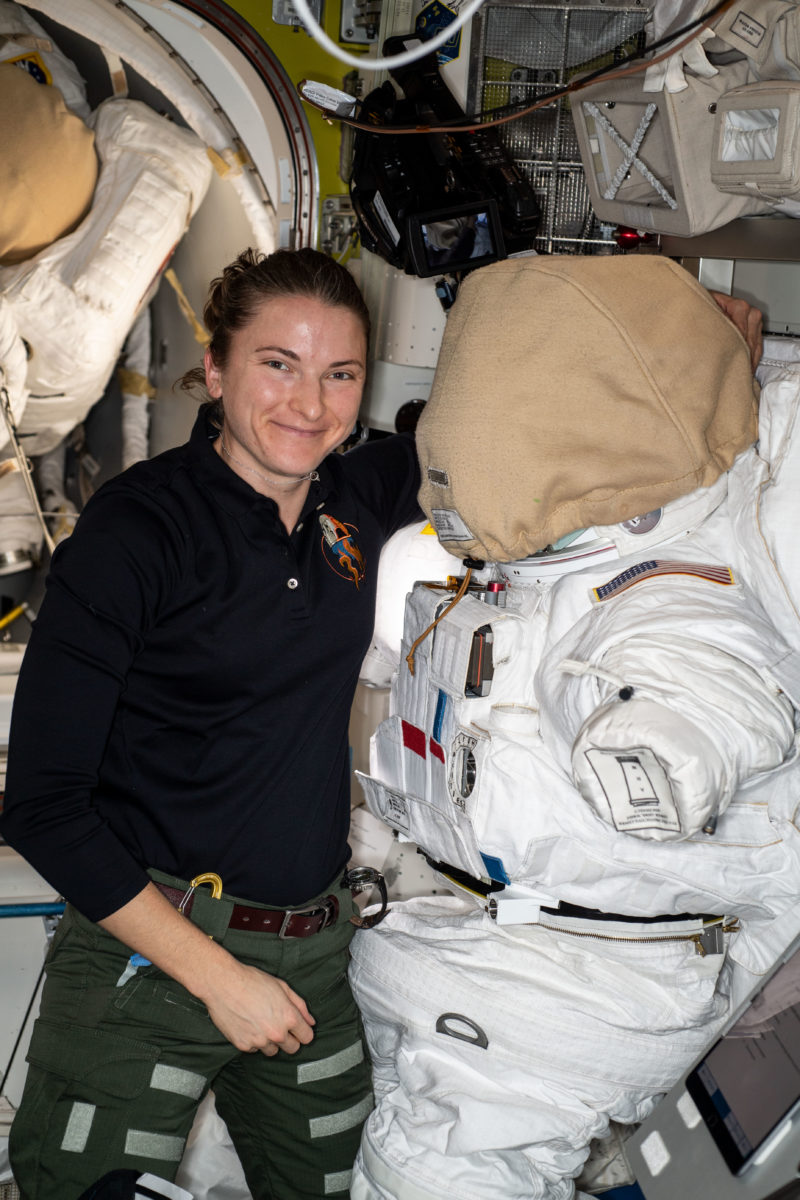
STP-H7 is flying under the management of the Department of Defense’s STP Human Spaceflight Payloads Office and comprises a group of payloads focused upon space surveillance, ocean winds and radiation monitoring.
As CRS-24 was readied for its return home, packing of unneeded equipment and completed scientific experiment materials occupied a good chunk of the crew’s time. Last Tuesday, Vande Hei and Chari dove into the work and were joined later in the day by Marshburn. Meanwhile, robotics controllers on Earth used Canadarm2 on Monday to inspect the Thermal Protection System (TPS) on the port side of the Cargo Dragon.
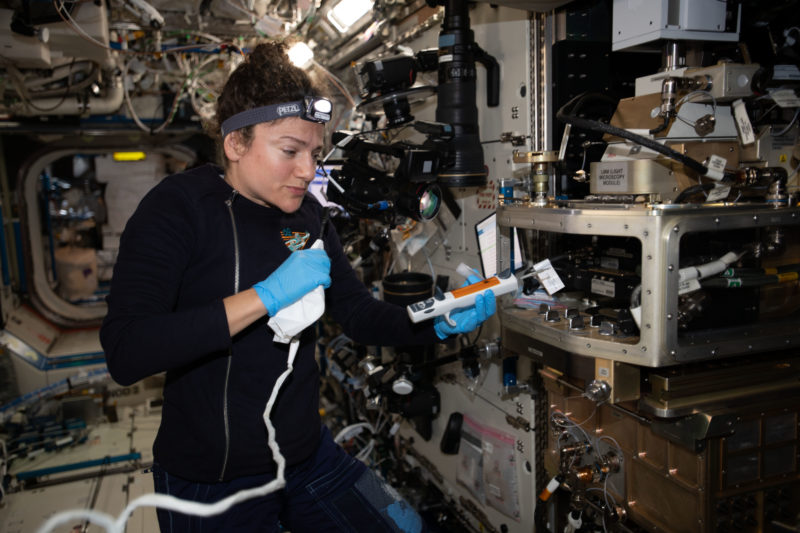
The postponement of CRS-24’s undocking from Friday to Saturday and ultimately Sunday afforded the crew additional time to load the cargo ship. In addition to transferring a pair of Polar units and biology samples on Thursday, the astronauts cleaned and inspected the Cargo Dragon’s docking system, which included the forward hatch vestibule for any damage or Foreign Object Debris (FOD).
One notable passenger coming home aboard CRS-24 is the long-serving Light Microscopy Module (LMM), which has for more than a decade allowed researchers to observe and record matter at microscopic levels.
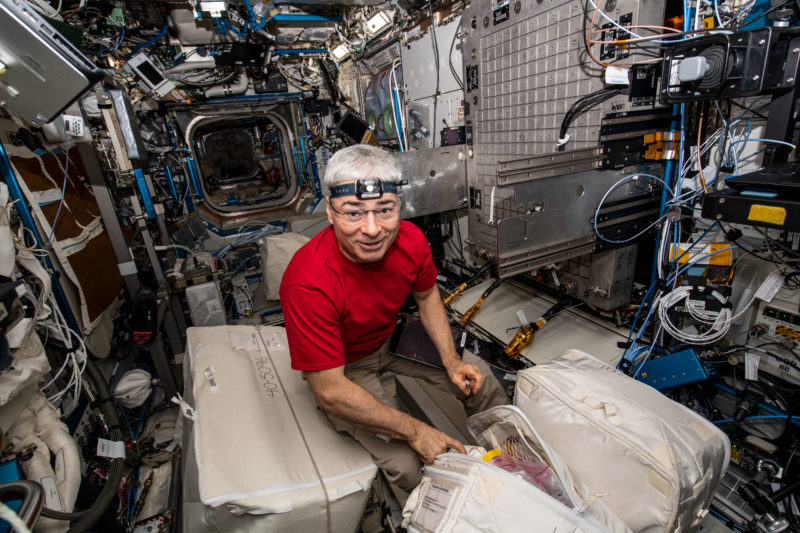
The LMM arrived at the station aboard shuttle Discovery, way back in August 2009, as part of the Fluids Integrated Rack (FIR), a complementary fluid physics research facility designed to host investigations in colloids, gels, bubbles, wetting and capillary actions and phase changes, including boiling and cooling. A state-of-the-art light imaging microscope facility, the LMM has enabled the acquisition and downloading of high-resolution digital imagery over multiple magnification levels.
The retirement of the LMM has been in the planning stages for some time to accommodate the Flow Boiling Condensation Experiment (FBCE) in the FIR. The FBCE was launched to the ISS last August aboard Northrop Grumman’s NG-16 Cygnus. “New physical sciences microscope is planned,” Mr. Huot told us, “but likely won’t fly for a few years.”
Quelle: AS
